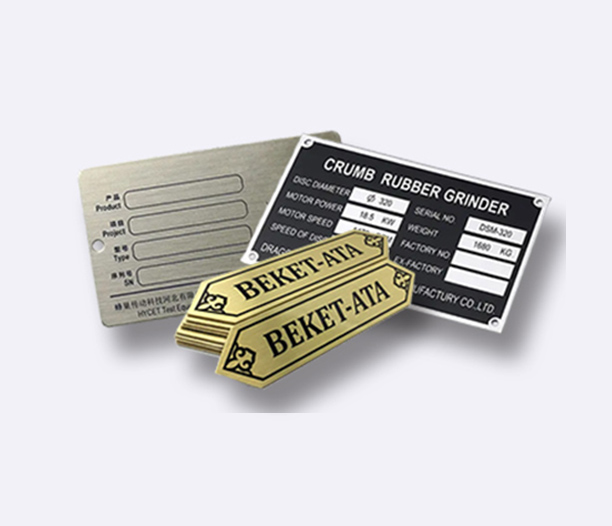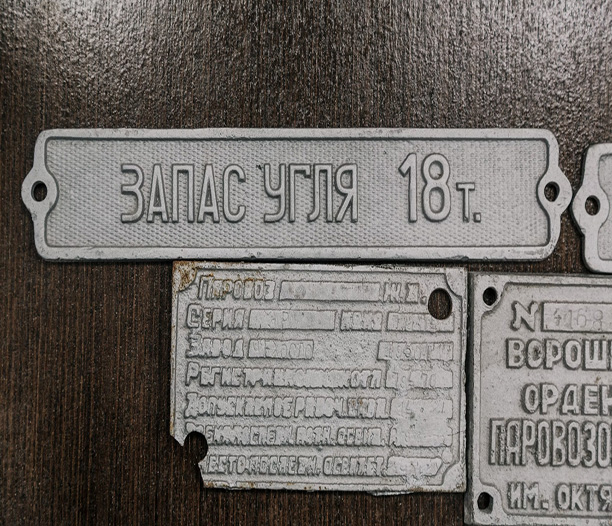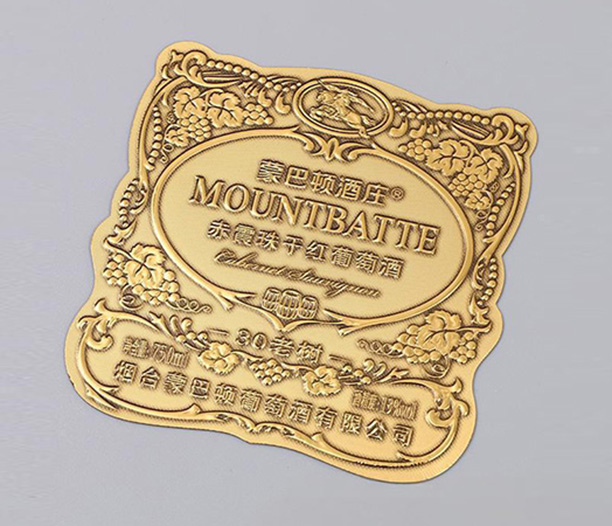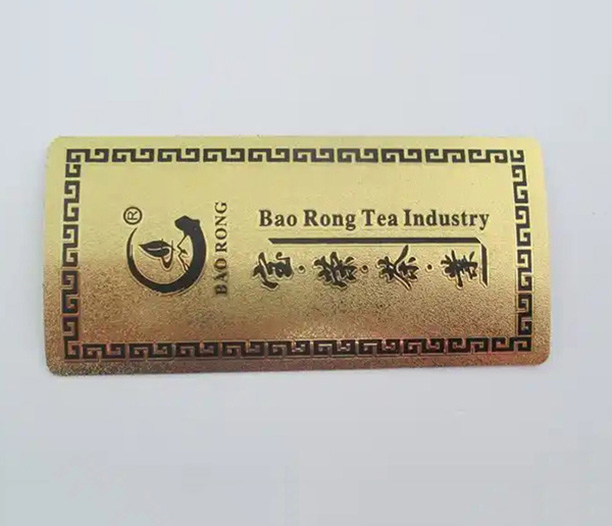In the demanding world of manufacturing, warehousing, logistics, and aerospace, asset identification isn't just about organization—it's about safety, compliance, and efficiency. Ordinary labels simply can't withstand the harsh conditions these environments present. This is where heavy duty industrial labels come into play. They are the unsung heroes that ensure critical information remains readable and intact through extreme heat, abrasive chemicals, harsh weather, and constant abrasion.
This comprehensive guide will delve into the seven essential aspects of heavy duty industrial labels, exploring their composition, applications, selection criteria, and the common problems you can avoid by choosing the right solution.

What Are Heavy Duty Industrial Labels?
At their core, heavy duty industrial labels are highly durable identification solutions engineered to perform where standard paper or plastic labels fail. Unlike their office-supply counterparts, these labels are built from robust materials, paired with aggressive adhesives, and often protected by overlaminates to create a complete system that survives years of abuse.
They are designed to carry vital information such as:
Barcodes (1D and 2D like QR codes)
Serial and part numbers
Safety warnings and hazard pictograms
Compliance certifications (UL, CE, RoHS)
Asset tracking numbers
Operating instructions
The primary purpose of these labels is to ensure that this data remains legible and scannable for the entire lifespan of the asset, which could be years or even decades, thereby protecting your investment in asset management systems.
Key Materials Used in Heavy Duty Industrial Labels
The durability of a heavy duty industrial label is directly determined by its material construction. Here are the most common substrates:
Polyester (PET): This is the workhorse of durable labels. Polyester labels offer excellent resistance to chemicals, solvents, moisture, and extreme temperatures (often from -40°C to 150°C). They are also highly resistant to tearing and abrasion, making them ideal for PCB boards, chemical drums, and equipment nameplates.
Polyethylene (PE): A more flexible and conformable option compared to rigid polyester. Polyethylene labels are excellent for application on curved or irregular surfaces and have good resistance to moisture and chemicals. They are often used in agriculture, logistics, and for branding on outdoor equipment.
Vinyl: Known for its flexibility and durability, vinyl is a cost-effective option for both indoor and outdoor use. It has good resistance to water, weather, and abrasion, making it suitable for warehouse bin labels, outdoor asset tags, and equipment identification.
Polyimide (Kapton®): This high-performance material excels in extreme high-temperature environments. Polyimide labels can withstand the intense heat of lead-free soldering processes and continuous exposure up to 260°C (500°F) and higher for short periods. They are essential in electronics manufacturing and aerospace applications.
Metal (Aluminum or Stainless Steel): For the most extreme conditions involving high heat, physical impact, or corrosion, metal labels are the ultimate solution. They are typically etched or engraved and are used for permanent identification on machinery, pipelines, and in heavy industrial settings.
These materials are almost always paired with specialty adhesives (acrylic or rubber-based) designed for specific surfaces (e.g., powder coating, plastic, glass, metal) and protected by a clear, durable overlaminate that shields the printed information from UV light, chemicals, and physical wear.
Top Applications and Industries That Rely on Them
Heavy duty industrial labels are critical components across a vast spectrum of sectors. Their reliability directly impacts operational safety and traceability.
Manufacturing & Automotive: For tracking parts through production lines, enduring high heat in paint shops and ovens, and resisting coolants and oils on the factory floor.
Electronics: Polyimide labels are used on printed circuit boards (PCBs) to withstand soldering temperatures and convey component information that must last the life of the device.
Aerospace & Defense: Components and assets require labels that can survive extreme temperature fluctuations, high pressure, and exposure to fuels and hydraulic fluids while maintaining strict traceability mandates.
Logistics & Warehousing: Pallet and bin labels that must be scannable after being dragged across concrete, exposed to rain during loading, and subjected to constant handling.
Oil, Gas, & Chemical: Labels on drums, pipes, and valves that resist corrosive chemicals, solvents, and harsh outdoor weather conditions for safety and compliance.
Healthcare & Laboratory: Autoclave labels that withstand high-pressure sterilization cycles and chemical-resistant labels for tracking samples and equipment.

How to Choose the Right Heavy Duty Industrial Label
Selecting the wrong label can lead to premature failure and costly re-labeling projects. Consider these five critical factors:
Surface: What material are you applying the label to? Is it smooth, textured, curved, or porous? The substrate and adhesive must be compatible with the surface for a permanent bond.
Environment: This is the most important consideration. Analyze the conditions the label will face:
Temperature: Will it be exposed to extreme heat, cold, or thermal cycling?
Chemical Exposure: Will it come into contact with oils, solvents, acids, or cleaners?
Abrasion: Will it be scraped, scratched, or handled frequently?
Weather/UV: Will it be outdoors, exposed to sunlight, rain, or moisture?
Durability Requirements: How long does the label need to last? Is it for short-term logistics or the 20-year life of a piece of capital equipment?
Printing Method & Legibility: Will you be printing on-demand with an industrial thermal transfer printer (requiring a compatible label face stock and resin ribbon) or ordering them pre-printed? The text and barcodes must remain high-contrast and legible.
Compliance: Does the label need to meet specific industry standards, such as UL/CSA recognition, MIL-STD-130 for U.S. military assets, or BS 5609 for marine immersion?
Best Practices for Printing and Application
Even the best heavy duty industrial label can fail if not printed or applied correctly.
Printing: For on-demand printing, use a high-resolution industrial printer. Pair your synthetic label material with a resin-based thermal transfer ribbon. Resin ribbons are designed to bond with synthetic materials, creating a highly durable, chemical-resistant image that won't smudge or fade. Avoid using wax or wax-resin ribbons for truly heavy-duty applications.
Application: Surface preparation is key. Ensure the application surface is clean, dry, and free of dust, oil, grease, or any residue that could prevent the adhesive from bonding. Use an alcohol or solvent wipe for best results. Apply the label at the recommended temperature range (usually above 10°C/50°F) and use a squeegee or firm roller to eliminate air bubbles and ensure full contact with the surface, activating the adhesive properly.
Common Problems and How to Avoid Them
Understanding common failure points helps in selecting and applying labels correctly.
Label Fading or Becoming Unreadable:
Cause: UV exposure, chemical degradation, or use of an incorrect print ribbon (e.g., using a wax ribbon in a chemical environment).
Solution: Choose a material with UV resistance, specify chemical resistance for your application, and always use a resin-based thermal transfer ribbon for printing.
Adhesive Failure (Label Peels Off):
Cause: Application to a dirty, oily, or low-surface-energy plastic (like polyethylene or polypropylene). Adhesive not rated for the application temperature.
Solution: Thoroughly clean the surface before application. For difficult surfaces like HDPE or powder coatings, use a label specifically engineered with a high-tack, aggressive adhesive.
Label Tearing or Physical Damage:
Cause: The label material is not durable enough for the level of abrasion or impact it's receiving.
Solution: Upgrade to a thicker, more abrasion-resistant material like a rigid polyester or a polypropylene with a thick protective overlaminate.
Bubbling or Lifting at the Edges:
Cause: Often due to application on a curved surface with a non-conformable material, or exposure to temperature cycles that cause the substrate and label to expand/contract at different rates.
Solution: Use a more flexible face stock like polyethylene or a thin-gauge polyester. Ensure the label is applied with even pressure across the entire surface.
Poor Barcode Scan Rates:
Cause: Low-contrast printing, poor print quality (e.g., low darkness), glossiness causing glare, or physical damage obscuring the code.
Solution: Use high-quality printers and ribbons. Consider a matte finish overlaminate to reduce glare. Protect the barcode from direct abrasion.
The Future of Heavy Duty Industrial Labels
The market for heavy duty industrial labels continues to evolve with technology. Key trends include:
RFID Integration: More durable labels are being built with embedded UHF or HF RFID inlays, enabling wireless, bulk reading of assets without line-of-sight, revolutionizing inventory and logistics.
Smart Labels: Labels with integrated sensors that can monitor and record environmental conditions like temperature, humidity, or shock during shipment.
Sustainability: Development of more durable labels made from recycled content or biodegradable materials without compromising performance, meeting corporate sustainability goals.
Selecting the right heavy duty industrial label is a technical decision that directly impacts your operation's efficiency, safety, and bottom line. It is not a one-size-fits-all product. By understanding the materials, applications, selection criteria, and common pitfalls, you can make an informed choice that ensures your critical asset identification remains intact and legible for years to come. Investing in the correct durable labeling system from the start prevents the hidden costs of re-labeling, misplaced assets, and compliance failures, ultimately protecting your larger investment in your assets and infrastructure.





